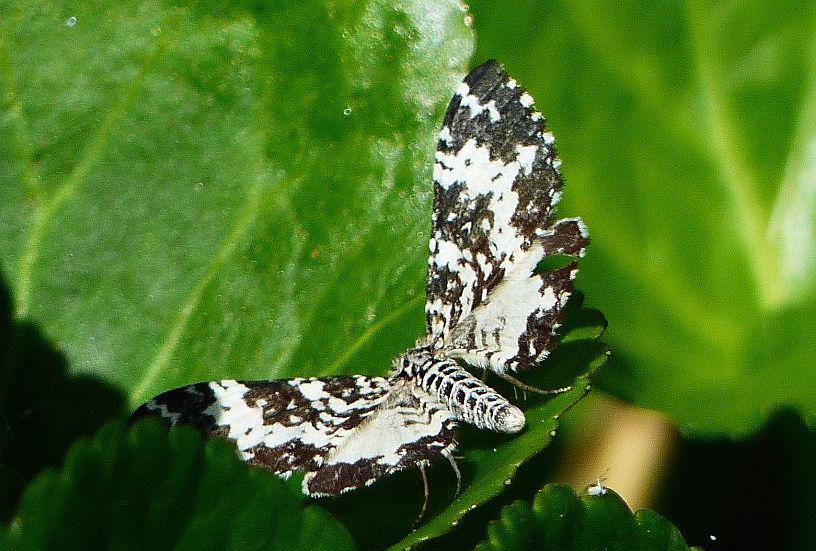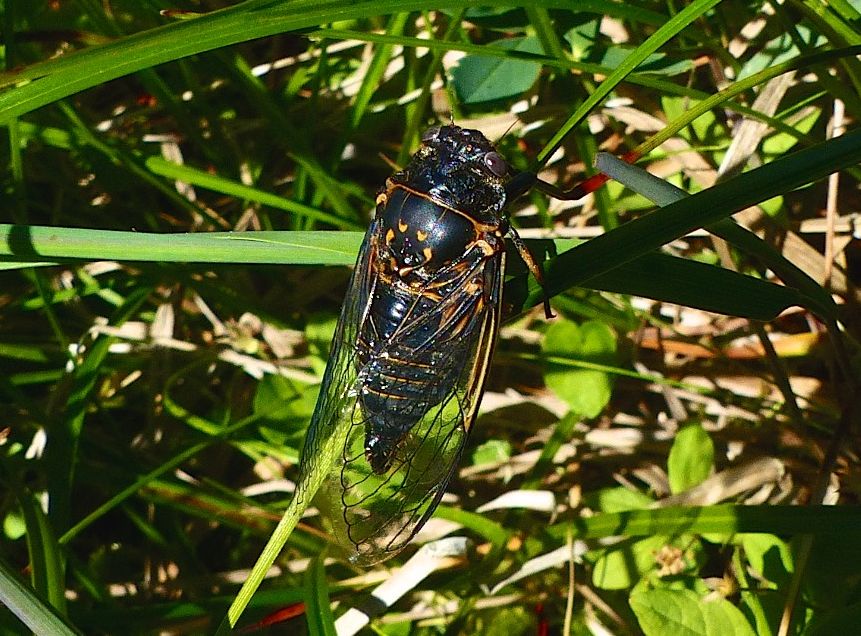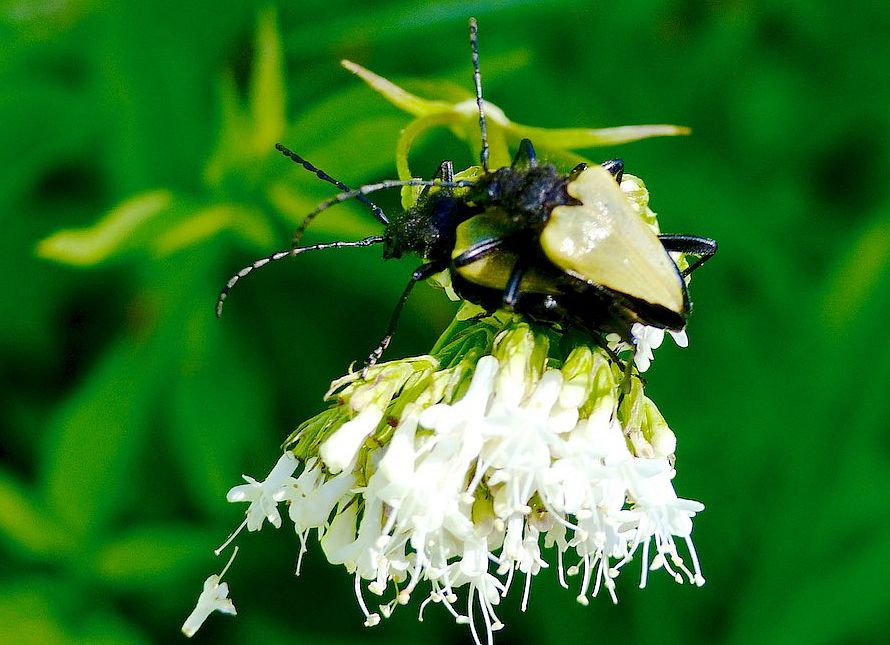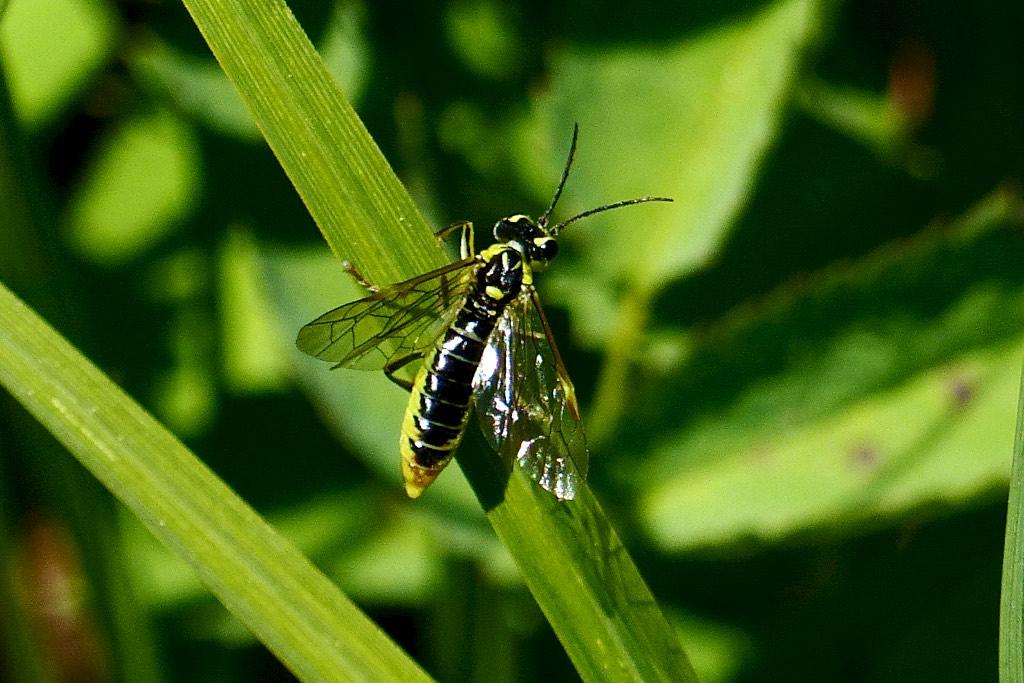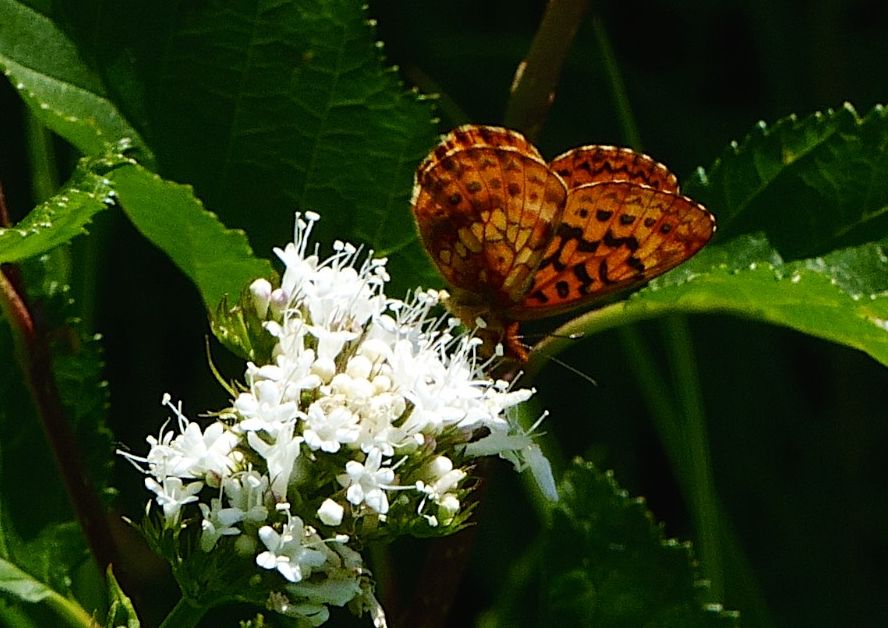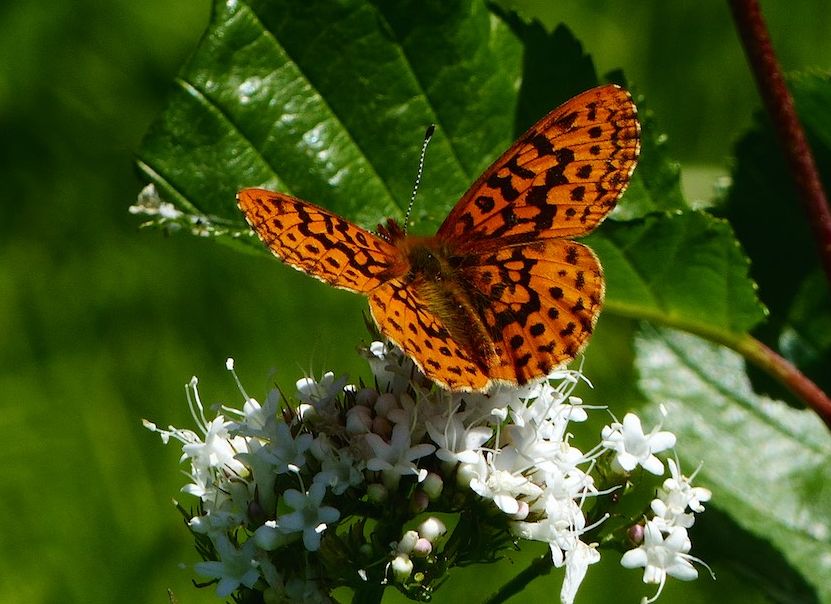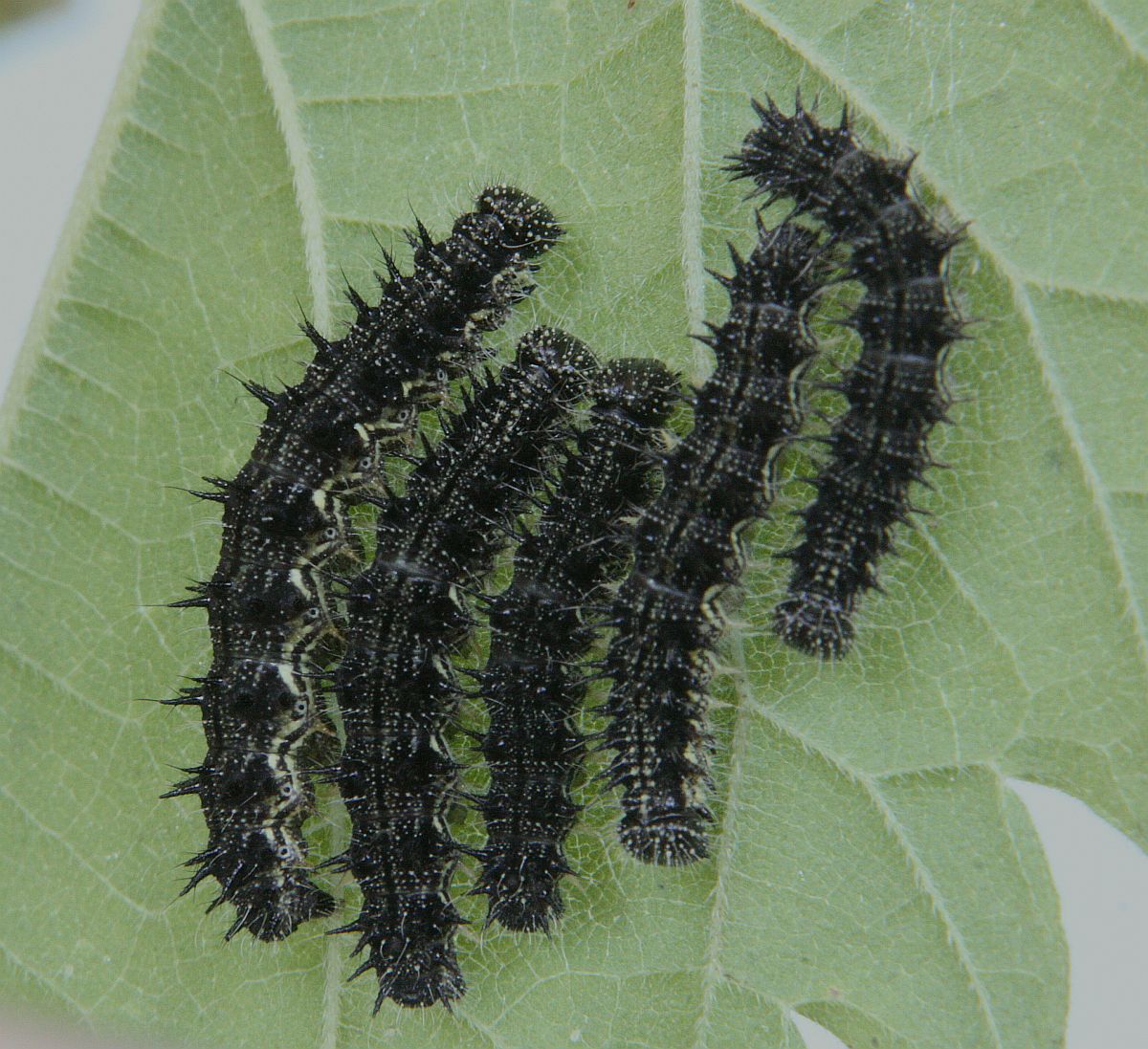2015 June 19
Sorry – no June 18 posting. Too busy! Jeremy
Aziza Cooper writes: Hi Butterfly Counters,
Tomorrow (Saturday June 20) begins the June Butterfly Count. The count period is from the 3rd Saturday to the 4th Sunday: June 20 to June 28.
Please use the form at https://www.vicnhs.bc.ca/website/index.php/butterfly-count to submit your results. Submit a separate form for each area you count, so I can take the higher number in case of double counting.
If you’d like a suggestion about what area to count, send me an email.
If you want to be removed from this list or if you know of anyone who would like to be added, please email me.
Thanks for submitting your sightings, and happy counting!
The monthly butterfly walk is held on the first Sunday of each month. The next walk is on July 5. We meet at Mt Tolmie summit at 1:00pm and decide on our destination from there. The walk will be cancelled if the weather is cool or rainy.
Enjoy the butterflies!
Bill Katz sends photographs of Gabriola dyari (a new moth for this site) and Udea profundalis from Swan Lake Nature House, June 17.
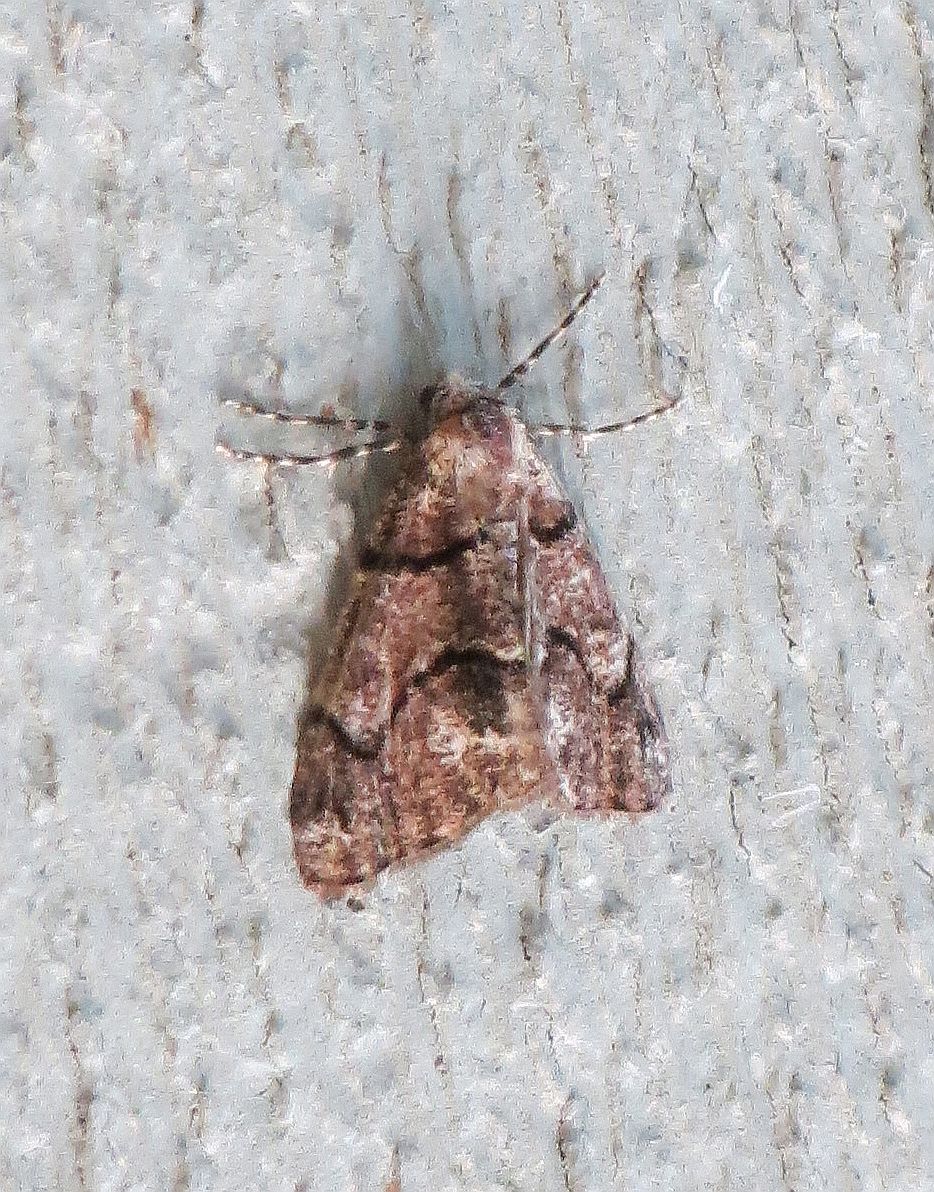
 Gabriola dyari (Lep.: Geometridae) Bill Katz
Gabriola dyari (Lep.: Geometridae) Bill Katz

 Udea profundalis (Lep.: Crambidae) Bill Katz
Udea profundalis (Lep.: Crambidae) Bill Katz
Annie Pang sends photographs of the European Common Emerald moth, a Green Pug and an ichneumonid (probably Netelia or Ophion), June 17
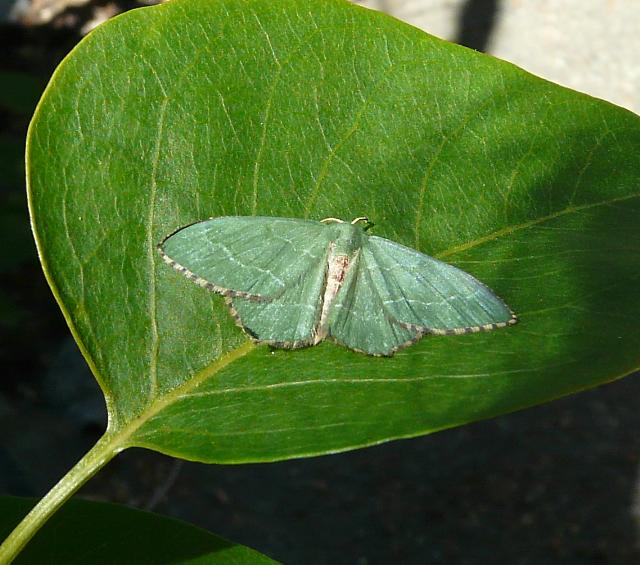
 Common Emerald Hemithea aestivaria (Lep.: Geometridae) Annie Pang
Common Emerald Hemithea aestivaria (Lep.: Geometridae) Annie Pang


Green Pug Pasiphila rectangulata (Lep.: Geometridae) Annie Pang


Probably Netelia or Ophion sp. (Hym.: Icheumonidae) Annie Pang
Aziza Cooper writes: I went up to Mt Washington and although it was a cloudy afternoon, there were quite a few butterflies. Anna’s Blues were near the chairlift in front of the Alpine Lodge, many Western Meadow Fritillaries were along the road to the east, and Great Arctics along the Linton Trail where it heads uphill from the road. A Painted Lady and one female blue were also there. Please help with identification of the blue, although my photo doesn’t show much of the ventral side. [Jeremy Tatum responds: I have seen Silvery Blues as dark as this one, and I suggest that as a tentative possibility. But I am not familiar with all the blues that might occur on Mount Washington, so I wouldn’t really like to say!]
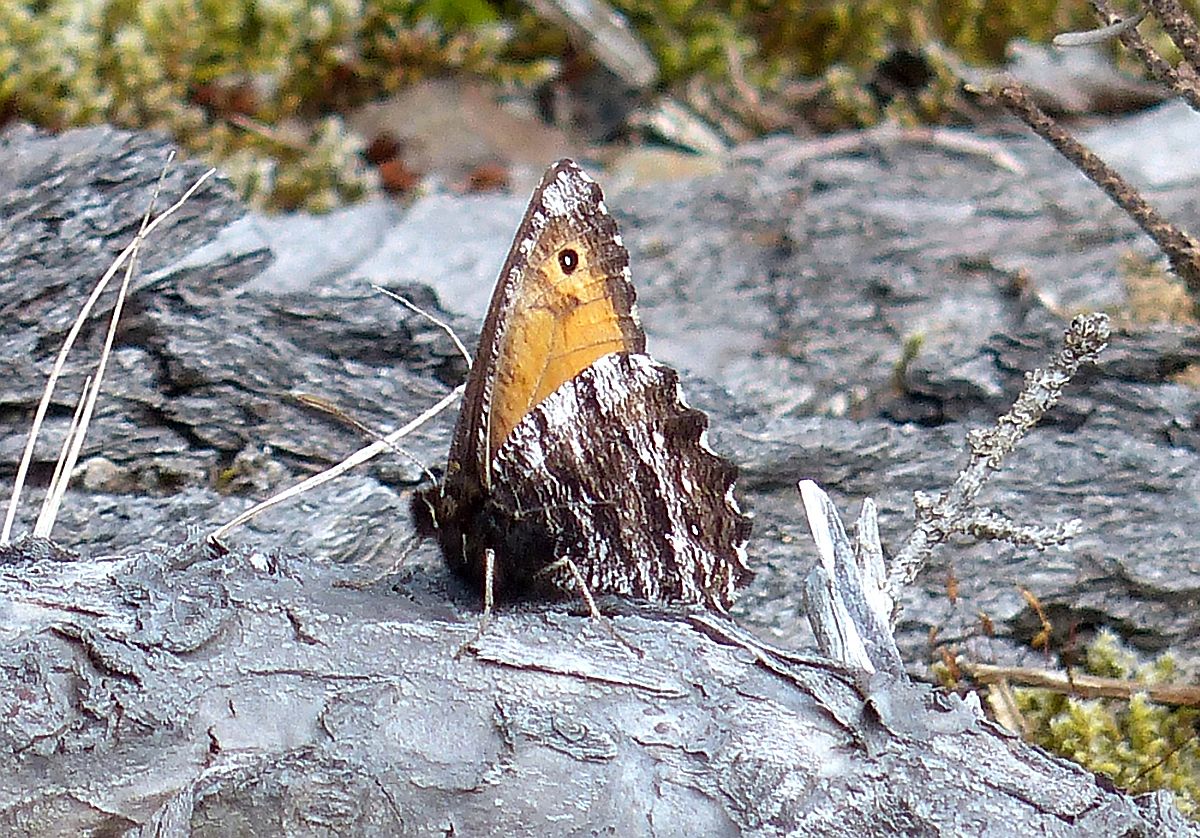

Great Arctic Oeneis nevadensis (Lep.: Nymphalidae – Satyrinae) Aziza Cooper

 Anna’s Blue Lycaeides anna (Lep.: Lycaenudae) Aziza Cooper
Anna’s Blue Lycaeides anna (Lep.: Lycaenudae) Aziza Cooper


Unidentified, but tentatively Silvery Blue Glaucopsyche lygdamus (Lep.: Lycaenidae)
Aziza Cooper


Western Meadow Fritillary Boloria epithore (Lep.: Nymphalidae( Aziza Cooper

